The rule with sexting is that if you don’t want everyone to see photos of you, don’t send them to anyone. This is good advice, but it’s also an “abstinence only” approach. If you decide to go through with it, there are ways to protect yourself.
Before we say anything else on the subject: we don’t generally recommend sending saucy pics over the internet. We’ve talked about this before, and our opinion hasn’t changed. Just like sex in the real world, abstinence is the only thing that’s 100 per cent safe. However, we also know some of you are going to do it anyway — so again, just like sex in the real world, we think it’s important to educate you on how to do it safely.
Crop, Block or Edit Out Any Identifying Features

This should go without saying, but if you want to remain anonymous in the event your photos end up in the wrong hands, be sure that no one can confirm it’s you at a glance. Keeping your face out is obvious. Also be aware of any tattoos, birth marks, abnormalities or unique features on your body that someone may recognise. All it takes is one person to recognise that unicorn tattoo just above your left hip to tie a name to that photo.
If you’re editing photos to hide your face after you take them, don’t blur your face — block it out entirely. It may be a less-ugly method — compared to, say, putting a giant black block over your head — but a blurry photo can be reverse-engineered. This is most important when dealing with numbers and text (which is why you should never photograph your credit card, even if you blur the number). At the moment, technology to reveal your pretty face all over again isn’t exactly mature, but eliminating blur is an entire field of research. One that, at least in certain forms, is very promising for companies like Adobe. You can probably feel pretty safe if you apply a Gaussian blur to your visage for now, but in five or 10 years it could be a snap to undo that process. Don’t risk it. Either shoot the image so your face is out of frame, or block it out entirely with a solid colour. Then delete the original.
Strip EXIF Data and Check Thumbnails
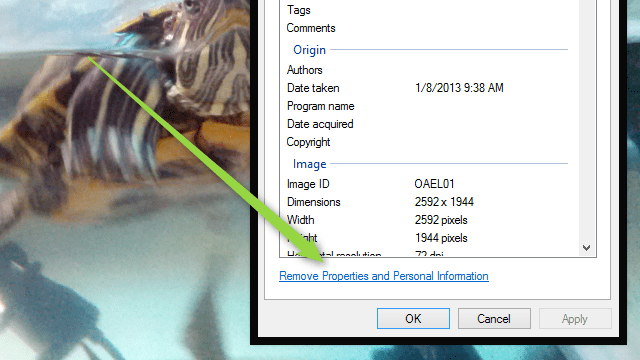
Let’s say you’ve properly hidden your identifying features in a photo. That still doesn’t necessarily mean it can’t be traced back to you. Geolocation information can show where a picture was taken and camera information can identify the device that it was taken with. There have even been known Photoshop bugs that save the full, uncropped image as a thumbnail bundled with the edited image.
How you get rid of metadata depends on what operating system you use, but each desktop OS has its own tools. There are also apps you can get to edit or delete EXIF data on Android or iOS. For safety, however, you should always double-check a photo in a separate EXIF viewer application to double-check that the data is really gone.
When shooting videos, you should also begin by shooting one or two seconds of your hand covering the lens. On most devices, this will result in a completely black thumbnail in your gallery apps. Not that you should be storing videos unsecured anyway (we’ll get to that), but if you forget, and you hand your phone to that friend with boundary issues, a black thumbnail will catch fewer eyes than a saucy bedroom video.
Send Files Safely
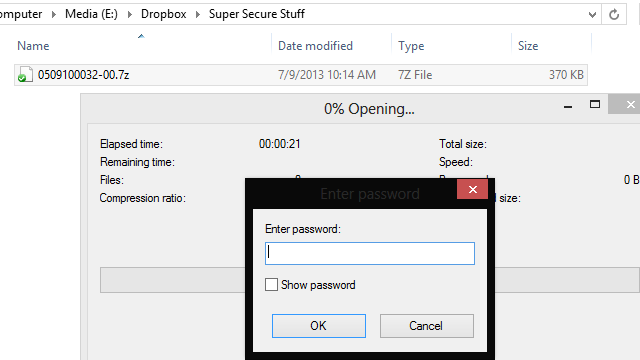
If you both have a smartphone, IM conversations are the most convenient ways to send messages to your sweetie. They are also among the worst ways to securely send sensitive pictures. For starters, if you use something like Facebook Messenger or Hangouts to send a picture, it will ping every device you’re logged in to. Forget to sign out on the tablet you left in the living room? Well, now your roommate has seen the photos. It’s also worth pointing out that Hangouts keeps an album of all the photos you send to someone in a chat. That album is only viewable by you and your partner when logged in, but that means that if someone gets your Gmail password, they can pull up every picture message you’ve ever sent or received. To say nothing of someone being able to sniff data over Wi-Fi.
A more secure option (though slightly less convenient) is Dropbox. Everything uploaded and downloaded via Dropbox is encrypted, so it’s unlikely that anyone will be sniffing data over WiFi. The exception here is the mobile apps. Unfortunately, those don’t use encryption. Alternatively, you can place your images in an encrypted zip file, ensuring that they’re locked up from start to finish and remain so when they’re not being viewed. Of course, how to securely send information over the internet would be an article unto itself. Luckily, we have one.
Hide the Evidence You Keep
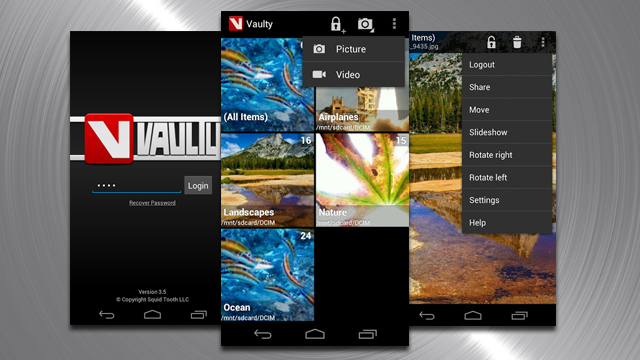
Unless you’re using Snapchat, chances are you intend for both you and your recipient to keep the images you share (and, as a side note, Snapchat is far from foolproof; if you can see it, you can copy it). Unfortunately, by keeping images, you’re also risking the chance that someone could get access to your phone and find your photos. Be sure to hide them.
The first thing you should do is get a vault app. On Android, Vaulty is a basic, yet effective app that locks photos away behind a passcode. It automatically prevents hidden images from showing up in the Gallery (as well as any alternatives). NQ Vault is a more advanced version for both Android and iOS that allows you to hide photos, SMS, call logs and even entire contacts. It also has a cloud sync feature, though if you want to be extremely thorough with security, you should probably avoid keeping copies of your photos on another company’s server.
Turn Off Logging for Text Chats
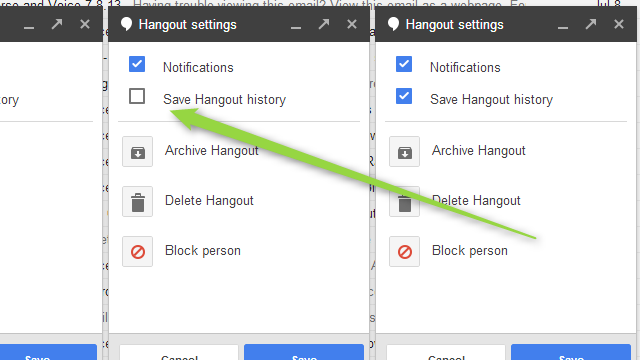
Pictures and videos don’t exist in a void. Chances are that if you’re willing to send one sultry photo, you’ve sent dozens of text messages of a sensual nature. In most cases that don’t involve infidelity and scandal, these probably won’t hurt you quite as much (unless your friends typically comb through your chat logs). However, if you want to make sure that anyone you live or work in close quarters with doesn’t accidentally stumble on your flirty messages with your wife, use an instant messenger client that supports turning off history.
Text messages can be deleted, but it’s cumbersome and requires deleting the messages from both devices. Using an app like Hangouts, you can disable chat history so that neither device (nor Google’s servers) make a record of your conversations. Unfortunately, iMessage and WhatsApp don’t seem to have the ability to turn off history entirely, but they do allow you to delete conversations from your device. Be aware, though, that there may be backups on company servers, which means that they could end up on computers beyond those belonging to you, your partner and your chat provider.
If you want to make super extra quintuple sure that no one but your partner is going to see your messages, you can use clients like TorChat. Asking your sweetie to hop on the secure channel before you start the fun stuff may not be the sexiest foreplay, but it can keep you safe.
Talk About Security Habits With Your Partner
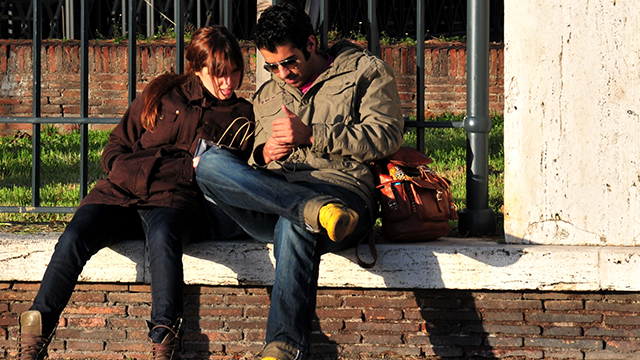
“Hey, baby. What security protocols are you implementing to ensure the safety of the sensitive materials I’ve electronically transmitted to you?” is perhaps one of the least sexy sentences a person can say. That doesn’t make it less important. If you spend hours stripping all your photos of metadata, airbrushing out your tattoos and encrypting your connection, it won’t mean a thing if your partner uses your image as his phone’s wallpaper or uploads them to imgur.
When you send explicit photos to someone else, you’re not just trusting them. You’re trusting their security habits. If you wouldn’t trust the person to use your laptop without accidentally getting some malware, don’t trust them with dirty photos. If they have a habit of losing their phone, set them up with remote wipe software. In general, being in a relationship doesn’t necessarily mean you should be able to dictate to your partner how they use their gadgets. When you’re sharing intimate material, however, it becomes much more important to make sure you both have high security standards.
Watch Out for Legal Problems
In most cases, as long as all involved parties are over 18 and consent, you probably won’t run into legal issues. If you are under 18, however, things get messier. In one case in South Carolina, a 20-year-old man had a consensual relationship with a 16-year-old girl (which is legal by both SC and federal law). However, once he and his girlfriend filmed the act, possession of the keepsake became a federal crime. Even without transmitting it, the mere fact that it existed on his phone resulted in jail time and a life on the sex offender registry (though the fact that he was caught because he made a phony bomb threat didn’t help his cause). There have even been cases where teenagers have been arrested for taking photos of themselves.
To put this another way: if you or your partner are under 18, do not take photos or video under any circumstances. Ever. At all. This is not a “probably bad idea” thing. It’s a very serious legal issue. Don’t do it. There’s plenty of time for that once you’re old enough to buy cigarettes.
Even if both parties involved are above the basic vice ages, you could still face problems. Some employers have morality clauses in their contracts. These stipulations can result in punishments or even termination depending on the wording if you cause a scandal due to unseemly behaviour. This can be a bigger problem when your job is more visible or requires you to be the public face of the company, but it’s worth checking into no matter what.
Be Prepared to Own It
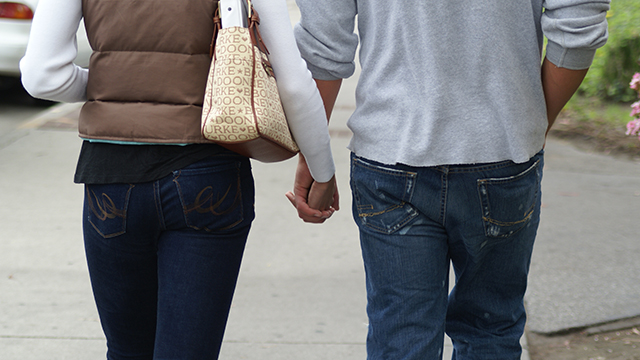
As I mentioned at the start, there is always a risk that your photos/videos/whatever will get out. This means not only that strangers could see them but friends and family too. One could argue that sharing intimate photos should just be another part an adult sexual mindset, but analysing changing cultural views on sex in the information age is beyond the scope of this article. It will not, however, be beyond the scope of your relationships if you get caught. You’ll have to have those conversations with someone, so it’s best to just address it head on.
A special note for any politicians, athletes or celebrities in the audience: this is even worse for you. It sucks, but the fact is that if you send lurid material to anyone — it doesn’t matter if it’s your mistress, your boyfriend or your mother — the press will be all over it given the chance. Don’t deny it. Not only is “My account was hacked” the lamest excuse in the book, but the more you try to suppress the story the more people will want to know and the harder it will be to keep your secret. This is what’s known as the Streisand Effect.
Once you take a picture of yourself without your clothes on, it’s easy for it to get out and be traced back to you. However, as technology gets more prolific and new generations grow up side by side with smartphones and the internet, indulging digital vices becomes inevitable. This doesn’t mean that you should go through with it. If you do, be safe.
Pictures: Kyra, Ed Yourdon, Vincent Diamante
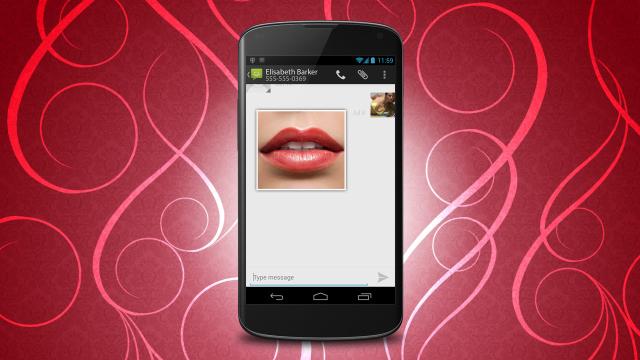
Comments
2 responses to “How To Practise Safe Sexting Without Resorting To Digital Abstinence”
If any girls would be keen to practice ill give you my nunber
cropping identifying features and exif data are the big ones there. I actually host an exif-removal site which should work on most mobile devices – http://www.exifpeeler.com
The main rule: assume anything you send to somebody on the internet will become public. If you’re okay with that, send away.
Deliberate irony? Hosting a site that requires you to upload your files to “clean” them, and in the same post saying anything you send to someone will end up in public? ☺